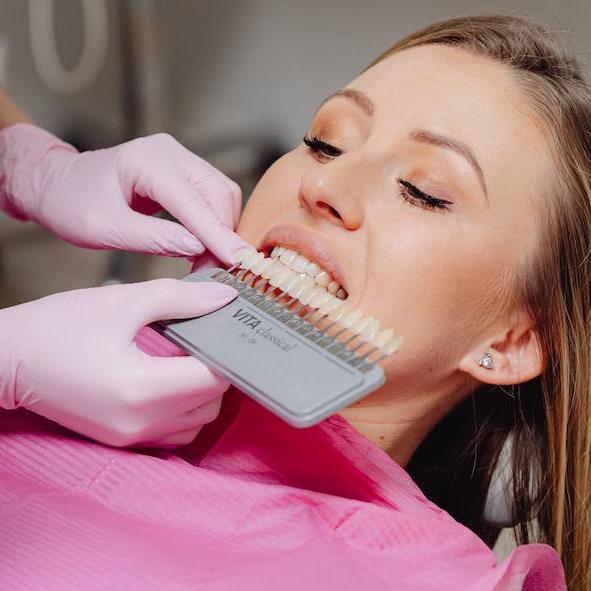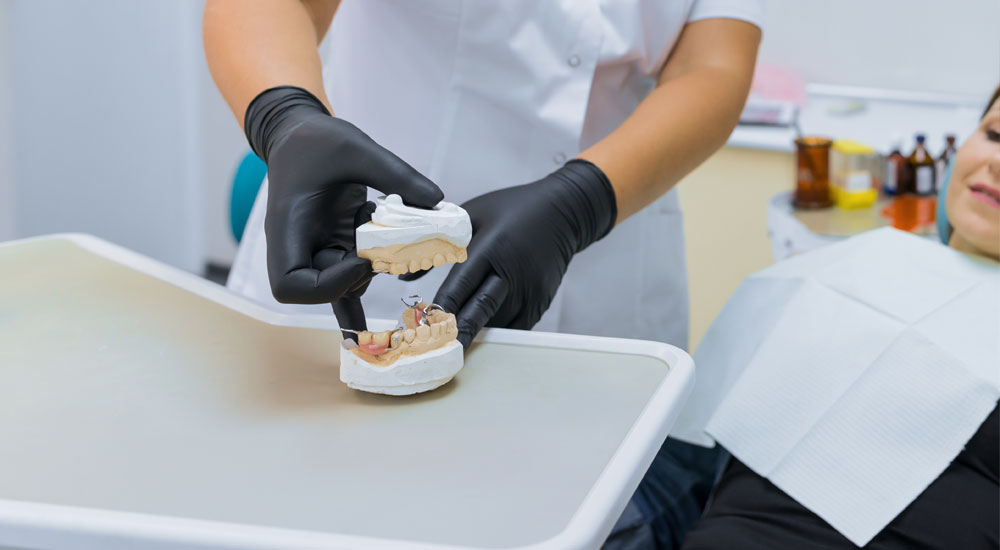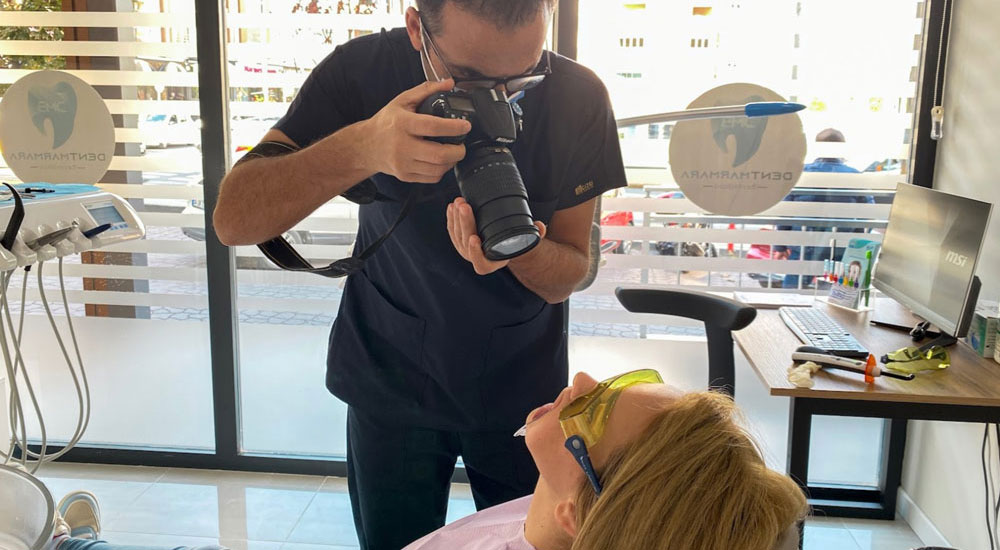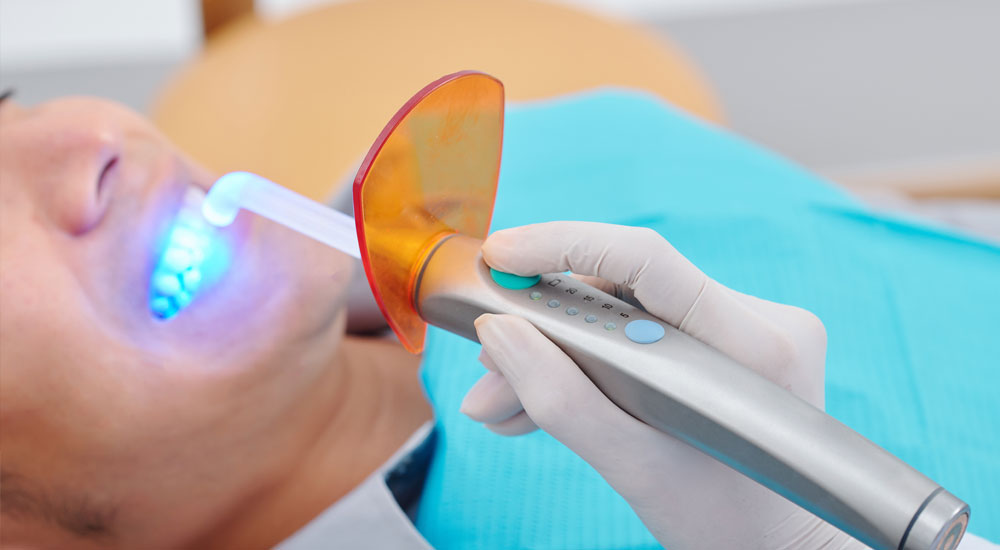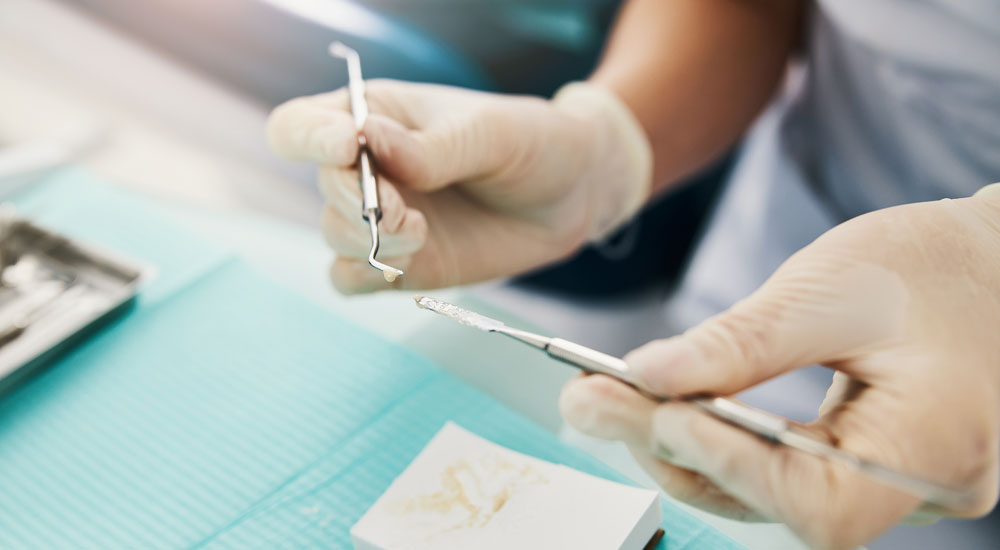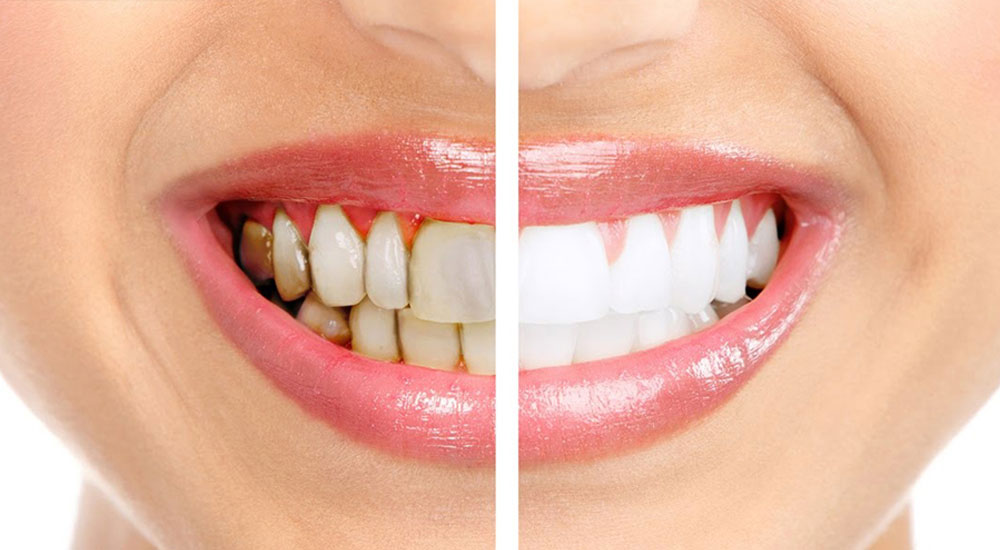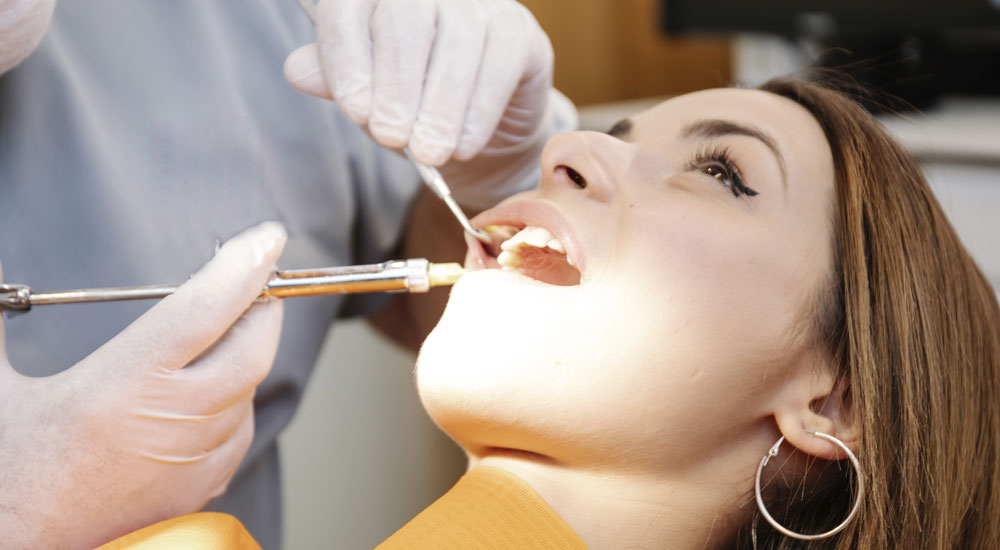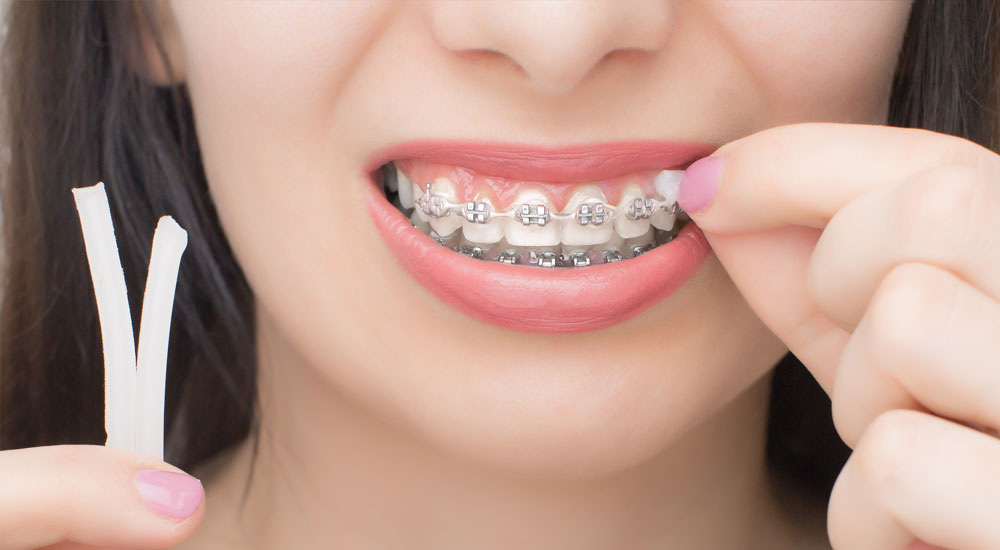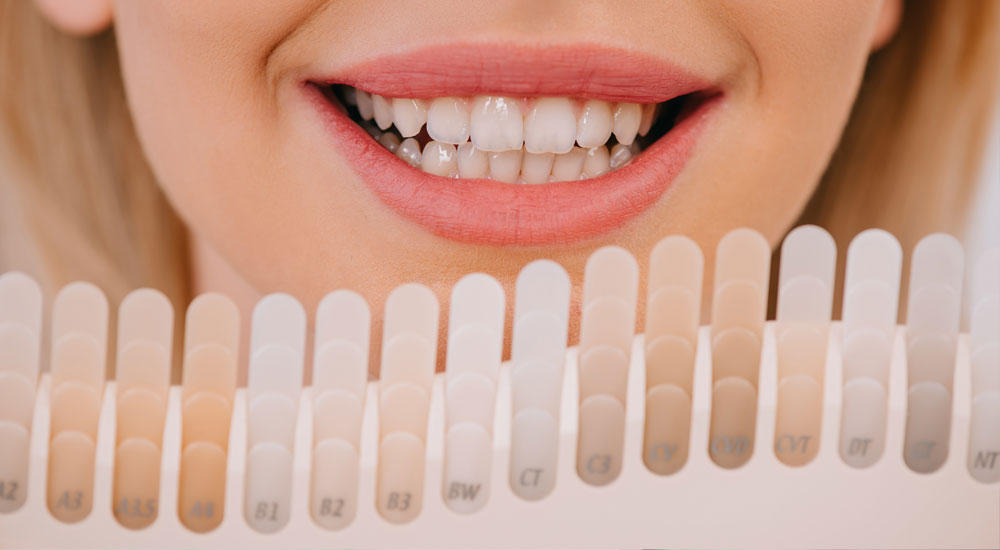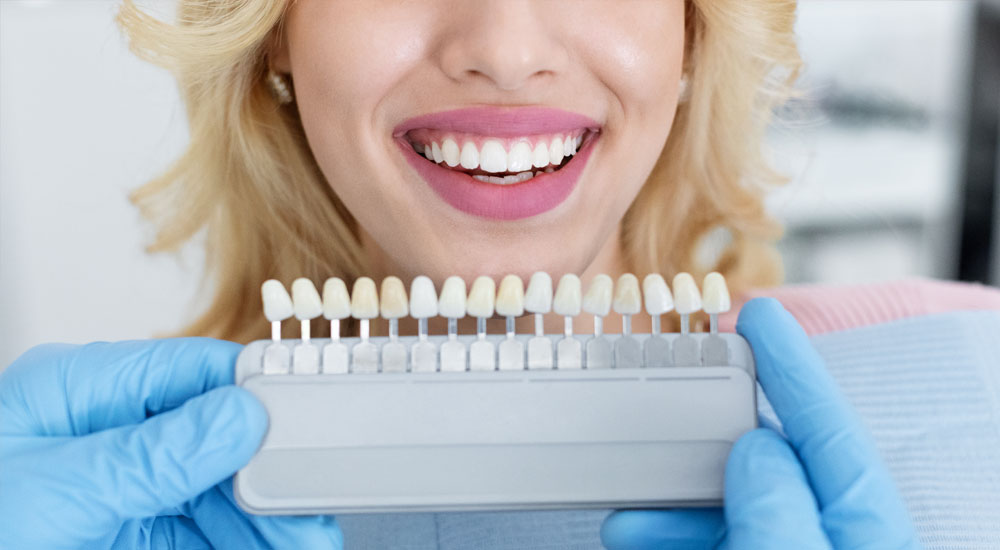Our Services
Dental implant is an artificial tooth root inserted into the jawbone. These implants are typically made of titanium and fuse with the jawbone after placement, creating a strong and durable foundation.
How is the Implant Procedure Done?
1. Examination and Planning: The dentist evaluates the suitability for the implant by examining the patient's oral and jaw structure. Necessary X-ray images are taken, and a plan is created to determine the position of the implant.
2. Surgical Stage: The placement of the implant is a surgical procedure. After local anesthesia is applied, the dentist makes a small incision in the jawbone and directly places the implant into the bone.
3. Healing Process: A healing process lasting a few months is necessary for the implant to fuse with the jawbone. During this period, the implant integrates with the bone and strengthens.
4. Prosthesis Application: After the healing is complete, the dentist places the prosthesis (porcelain tooth) onto the implant. This ensures that the implant becomes aesthetically and functionally compatible with other teeth.

- 12K+ Successful Operations
- 16+ Years of Experience
International Standard Healthcare
Dent Marmara family embarked on the journey with the slogan Health starts in the mouth, aiming to be one of the pioneers in the industry with our experienced team of expert physicians and technological infrastructure.
Adhering closely to the professional ethical principles of dentistry, our clinic, where scientific dentistry is applied, has the main goal of providing healthy, long-lasting, fast, and reliable solutions.










